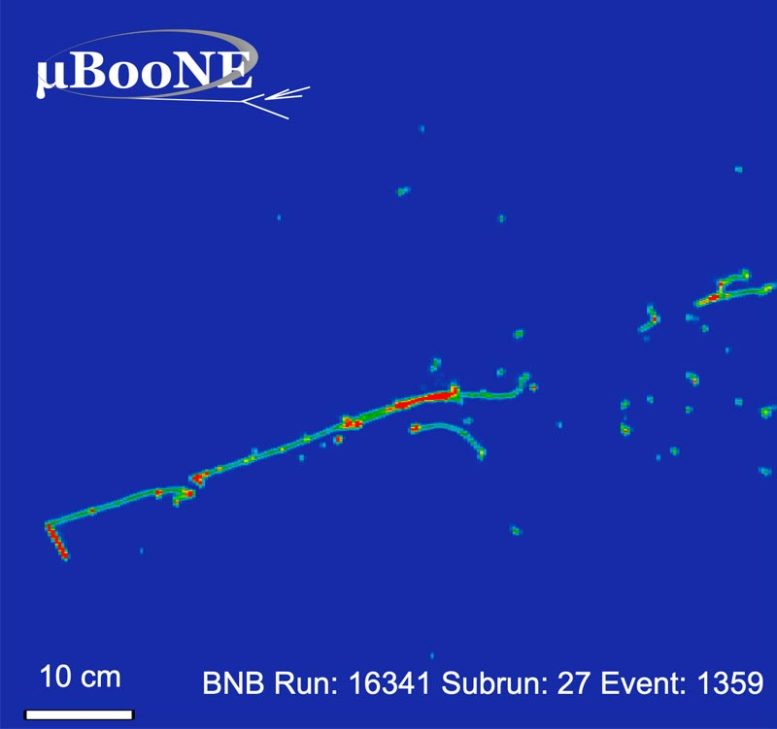
This approximately 70-centimeter-wide image depicts a MicroBooNE electron neutrino event, with an electron shower (straight line and dots bottom left to top right) and a proton track (short red line at bottom left). MIT researchers have been using the MicroBooNE experiment at Fermilab to uncover new secrets behind neutrinos. Credit: MicroBooNE collaboration
MIT Graduate student Nicholas Kamp describes the MicroBooNE experiment and its implications for our understanding of fundamental particles.
Neutrinos are one of the most mysterious members of the Standard Model, a framework for describing fundamental forces and particles in nature. While they are among the most abundant known particles in the universe, they interact very rarely with matter, making their detection a challenging experimental feat. One of the long-standing puzzles in neutrino physics comes from the Mini Booster Neutrino Experiment (MiniBooNE), which ran from 2002 to 2017 at the Fermi National Accelerator Laboratory, or Fermilab, in Illinois. MiniBooNE observed significantly more neutrino interactions that produce electrons than one would expect given our best knowledge of the Standard Model — and physicists are trying to understand why.
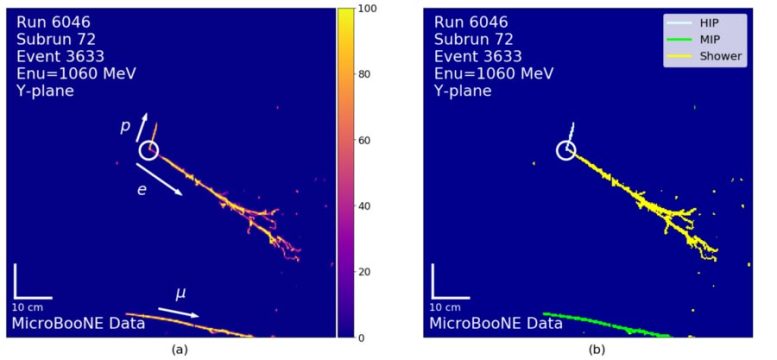
A neural network predicts real life: Actual data from a neutrino interaction in the MicroBooNE LArTPC is shown at left, where an electron neutrino enters from the left and interacts with a neutron in an argon nucleus, producing a proton (p) and an electron (e). A cosmic ray muon is seen at the bottom. SparseSSNet, a deep learning algorithm that labels each pixel according to what type of particle it suspects, is seen at right. The proton is correctly identified as a highly-ionizing particle (HIP), the electron is correctly identified as an electromagnetic shower, and the muon is correctly identified as a minimum-ionizing particle (MIP). Credit: MicroBooNE Collaboration
In 2007, researchers developed the idea for a follow-up experiment, MicroBooNE, which recently finished collecting data at Fermilab. MicroBooNE is an ideal test of the MiniBooNE excess thanks to its use of a novel detector technology known as the liquid argon time projection chamber (LArTPC), which yields high-resolution pictures of the particles that get created in neutrino interactions.
Physics graduate students Nicholas Kamp and Lauren Yates, along with Professor Janet Conrad, all within the MIT Laboratory for Nuclear Science, have played a leading role in MicroBooNE’s deep-learning-based search for an excess of neutrinos in the Fermilab Booster Neutrino Beam. In this interview, Kamp discusses the future of the MiniBooNE anomaly within the context of MicroBooNE’s latest findings.
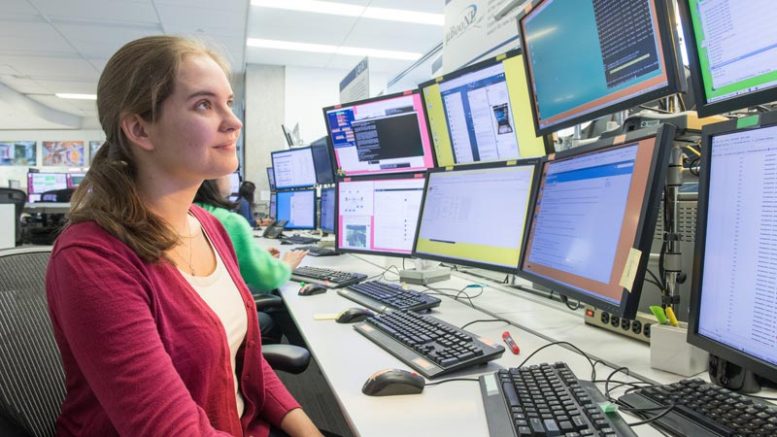
Lauren Yates, an MIT graduate student in physics, monitors the MicroBooNE detector in the Remote Operation Center West control room at Fermilab in Illinois. Credit: Reidar Hahn/Fermilab
Q: Why is the MiniBooNE anomaly a big deal?
A: One of the big open questions in neutrino physics concerns the possible existence of a hypothetical particle called the “sterile neutrino.” Finding a new particle would be a very big deal because it can give us clues to the larger theory that explains the many particles we see. The most common explanation of the MiniBooNE excess involves the addition of such a sterile neutrino to the Standard Model. Due to the effects of neutrino oscillations, this sterile neutrino would manifest itself as an enhancement of electron neutrinos in MiniBooNE.
There are many additional anomalies seen in neutrino physics that indicate this particle might exist. However, it is difficult to explain these anomalies along with MiniBooNE through a single sterile neutrino — the full picture doesn’t quite fit. Our group at MIT is interested in new physics models that can potentially explain this full picture.
Q: What is our current understanding of the MiniBooNE excess?
A: Our understanding has progressed significantly of late thanks to developments in both the experimental and theoretical realms.
Our group has worked with physicists from Harvard, Columbia, and Cambridge universities to explore new sources of photons that can appear in a theoretical model that also has a 20 percent electron signature. We developed a “mixed model” that involves two types of exotic neutrinos — one which morphs to electron flavor and one which decays to a photon. This work is forthcoming in Physical Review D.
On the experimental end, more recent MicroBooNE results — including a deep-learning-based analysis in which our MIT group played an important role — observed no excess of neutrinos that produce electrons in the MicroBooNE detector. Keeping in mind the level at which MicroBooNE can make the measurement, this suggests that the MiniBooNE excess cannot be attributed entirely to extra neutrino interactions. If it isn’t electrons, then it must be photons, because that is the only particle that can produce a similar signature in MiniBooNE. But we are sure it is not photons produced by interactions that we know about because those are restricted to a low level. So, they must be coming from something new, such as the exotic neutrino decay in the mixed model. Next, MicroBooNE is working on a search that could isolate and identify these additional photons. Stay tuned!
Q: You mentioned that your group is involved in deep-learning-based MicroBooNE analysis. Why use deep learning in neutrino physics?
A: When humans look at images of cats, they can tell the difference between species without much difficulty. Similarly, when physicists look at images coming from a LArTPC, they can tell the difference between the particles produced in neutrino interactions without much difficulty. However, due to the nuance of the differences, both tasks turn out to be difficult for conventional algorithms.
MIT is a nexus of deep-learning ideas. Recently, for example, it became the site of the National Science Foundation AI Institute for Artificial Intelligence and Fundamental Interactions. It made sense for our group to build on the extensive local expertise in the field. We have also had the opportunity to work with fantastic groups at SLAC, Tufts University, Columbia University, and IIT, each with a strong knowledge base in the ties between deep learning and neutrino physics.
One of the key ideas in deep learning is that of a “neutral network,” which is an algorithm that makes decisions (such as identifying particles in a LArTPC) based on previous exposure to a suite of training data. Our group produced the first paper on particle identification using deep learning in neutrino physics, proving it to be a powerful technique. This is a major reason why the recently-released results of MicroBooNE’s deep learning-based analysis place strong constraints on an electron neutrino interpretation of the MiniBooNE excess.
All in all, it’s very fortunate that much of the groundwork for this analysis was done in the AI-rich environment at MIT.
For more on this research, read MicroBooNE Experiment Shows No Hint of Sterile Neutrino.
References:
“Search for Neutrino-Induced Neutral Current Δ Radiative Decay in MicroBooNE and a First Test of the MiniBooNE Low Energy Excess Under a Single-Photon Hypothesis” by MicroBooNE collaboration: P. Abratenko, R. An, J. Anthony, L. Arellano, J. Asaadi, A. Ashkenazi, S. Balasubramanian, B. Baller, C. Barnes, G. Barr, V. Basque, L. Bathe-Peters, O. Benevides Rodrigues, S. Berkman, A. Bhanderi, A. Bhat, M. Bishai, A. Blake, T. Bolton, J.Y. Book, L. Camilleri, D. Caratelli, I. Caro Terrazas, R. Castillo Fernandez, F. Cavanna, G. Cerati, Y. Chen, D. Cianci, J.M. Conrad, M. Convery, L. Cooper-Troendle, J.I. Crespo-Anadon, M. Del Tutto, S.R. Dennis, P. Detje, A. Devitt, R. Diurba, R. Dorrill, K. Duffy, S. Dytman, B. Eberly, A. Ereditato, J.J. Evans, R. Fine, G.A. Fiorentini Aguirre, R.S. Fitzpatrick, B.T. Fleming, N. Foppiani, D. Franco, A.P. Furmanski, D. Garcia-Gamez, S. Gardiner, G. Ge, S. Gollapinni, O. Goodwin, E. Gramellini, P. Green, H. Greenlee, W. Gu, R. Guenette, P. Guzowski, L. Hagaman, O. Hen, C. Hilgenberg, G.A. Horton-Smith, A. Hourlier, R. Itay, C. James, X. Ji, L. Jiang, J.H. Jo, R.A. Johnson, Y.J. Jwa, D. Kalra, N. Kamp, N. Kaneshige, G. Karagiorgi, W. Ketchum, M. Kirby, T. Kobilarcik, I. Kreslo, R. LaZur, I. Lepetic, K. Li, Y. Li, K. Lin, B.R. Littlejohn, W.C. Louis, X. Luo, K. Manivannan, C. Mariani, D. Marsden, J. Marshall, D.A. Martinez Caicedo, K. Mason, A. Mastbaum, N. McConkey, V. Meddage, T. Mettler , K. Miller, J. Mills, K. Mistry, T. Mohayai, A. Mogan, J. Moon, M. Mooney, A.F. Moor, C.D. Moore, L. Mora Lepin, J. Mousseau, M. Murphy, D. Naples, A. Navrer-Agasson, M. Nebot-Guinot, R.K. Neely, D.A. Newmark, J. Nowak, M. Nunes, O. Palamara, V. Paolone, A. Papadopoulou, V. Papavassiliou, S.F. Pate, N. Patel, A. Paudel, Z. Pavlovic, E. Piasetzky, I. Ponce-Pinto, S. Prince, X. Qian, J.L. Raaf, V. Radeka, A. Rafique, M. Reggiani-Guzzo, L. Ren, L.C.J. Rice, L. Rochester, J. Rodriguez Rondon, M. Rosenberg, M. Ross-Lonergan, G. Scanavini, D.W. Schmitz, A. Schukraft, W. Seligman, M.H. Shaevitz, R. Sharankova, J. Shi, J. Sinclair, A. Smith, E.L. Snider, M. Soderberg, S. Soldner-Rembold, P. Spentzouris, J. Spitz, M. Stancari, J. St. John, T. Strauss, K. Sutton, S. Sword-Fehlberg, A.M. Szelc, W. Tang, K. Terao, C.Thorpe, D. Totani, M. Toups, Y.-T. Tsai, M.A. Uchida, T. Usher, W. Van De Pontseele, B. Viren, M. Weber, H. Wei, Z. Williams, S. Wolbers, T. Wongjirad, M. Wospakrik, K. Wresilo, N. Wright, W. Wu, E. Yandel, T. Yang, G. Yarbrough, L.E. Yates, H.W. Yu, G.P. Zeller, J. Zennamo and C. Zhang, 14 March 2022, Physical Review Letters.
DOI: 10.1103/PhysRevLett.128.111801
arXiv:2110.00409
“Search for an anomalous excess of charged-current quasi-elastic νe interactions with the MicroBooNE experiment using Deep-Learning-based reconstruction” by MicroBooNE collaboration, Submitted, Physical Review D.
arXiv:2110.14080
“Search for an anomalous excess of charged-current νe interactions without pions in the final state with the MicroBooNE experiment” by MicroBooNE collaboration, 13 June 2022, Physical Review D.
DOI: 10.1103/PhysRevD.105.112003
arXiv:2110.14065
“Search for an anomalous excess of inclusive charged-current νe interactions in the MicroBooNE experiment using Wire-Cell reconstruction” by MicroBooNE collaboration, 13 June 2022, Physical Review D.
DOI: 10.1103/PhysRevD.105.112005
arXiv:2110.13978

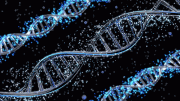
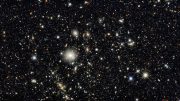
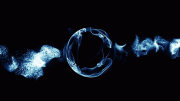
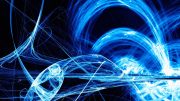
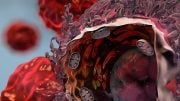
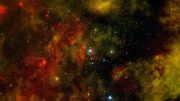
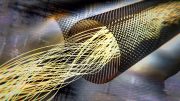
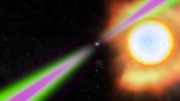
In Figure 2 above, the legend states “… an electron neutrino enters from the left…”. This means e-neutrino does exist (!) in contrast to the recent report that there were no neutrino ‘hits’ detected in μBooNE! Why isn’t the said e-neutrino, which is clearly visible in both sub-Fig2 a and b, labeled like other particles, p, e, μ, in the same frames?
just after the big bang the universe was very dense and opaque gas like fog in the morning that you cant see through made up of neutral hydrogen atoms which make up 92% of the cosmos the fog in the universe
the universe was so densely packed with particles no light could pass through them
but when the first stars formed in the first galaxies they produced lots of ultra violet light
the force of stellar light on the gas radiation is much stronger than
the force of stellar gravity on the gas
the mechanism behind the superwind so the stellar light radiation force x pushes the gas out at a x velocity rate and the stellar gravity pulls it back in at a certain y velocity rate bringing it back in and the difference between both forces allows the radiation to win out and drive the gas by a radiation driven wind
the mechanism behind the superwind
ultraviolet radiation from the compact starburst galaxies itself drove the superwind
then the dawn of starlight comes and as the light starts shining out from the first stars forming in the universe the starlight and ultraviolet light hits the dense and opaque gas like fog neutral hydrogen atoms it starts to break up into smaller and smaller droplets or hydrogen particles
how do you get this uv light thats energetic enough to evaporate the universe to get out of the galaxies without it being absorbed by hydrogen
the radiation ultraviolet light evaporates hydrogen atoms which are composed of a single proton and a single electron by stripping off the electrons ionizing them
only uv light is capable of doing this because the light has to be above a certain threshold energy
once the neutral hydrogen is ionised it becomes transparent because it cant capture more uv photons
and you start to see the starlight pass
and this essential evaporates the dense opaque gas neutral hydrogen atoms in the universe
the acceleration itself happens when intense light irradiates dense blobs of hydrogen gas from one direction pushing the gas along similar to how exploding gas forces a bullet out of a gun the blobs must be too dense to be evaporated by the ultraviolet radiation but the light also escapes through spaces between the dense blobs of hydrogen and blasts blobs farther out from the star cluster
the reason why this is linked to the very high velocities is that in order for the blobs to get accelerated to such high speeds they need to be constantly trapping these uv rays even at large distances from the star cluster
this process clears pathways for untraviolet light to pass between clumps of hydrogen gas
so that uv light can in fact leave its cluster where it was born and go out into the rest of the universe to evaporate it
the universe essential becomes transparent and this happens at so called cosmic dawn when the first stars appear
another piece of the puzzle of evaporation of the universe providing a specific physical mechanism of how you can do it
Ofcoùrse radiation ionided the hydrogen in some early galaxies is quite good to judge and thanks for speculation.This process is right.But what about the transperancy before formatiòn of stars lies as gravìtational waves where lacking in visible spectrum of light due to excess temperature in the galaxies including hot hydrogen gas.
But what about the transperancy before formatiòn of stars lies as gravìtational waves where lacking in visible spectrum of light due to excess temperature in the galaxies including hot hydrogen gas.
the gas was opaque not transparent before the formation of stars its a cosmic cloudy soup
the stars form making it more cloudy
the uv light radiates
the opaque gas soup clears and becomes transparent
Ofcoùrse radiation ionided the hydrogen in some early galaxies is quite good to judge and thanks for speculation.This process is right.